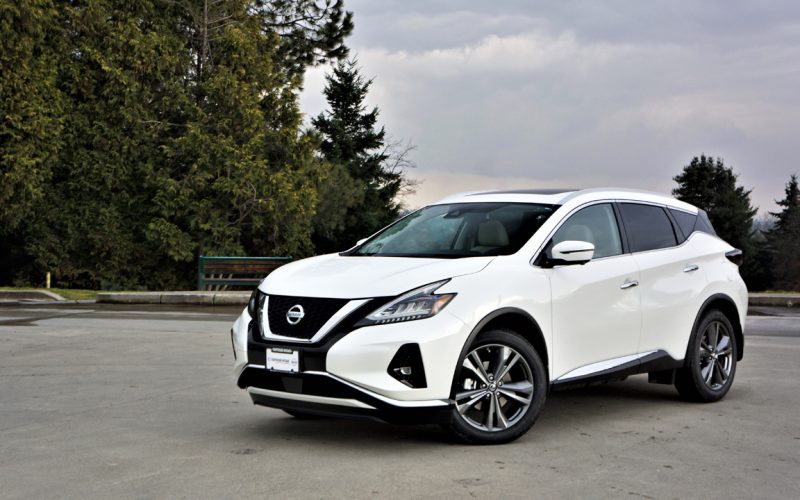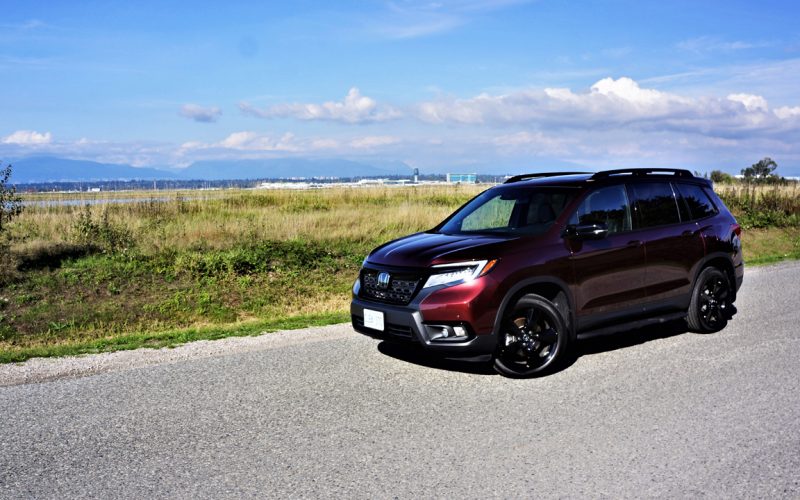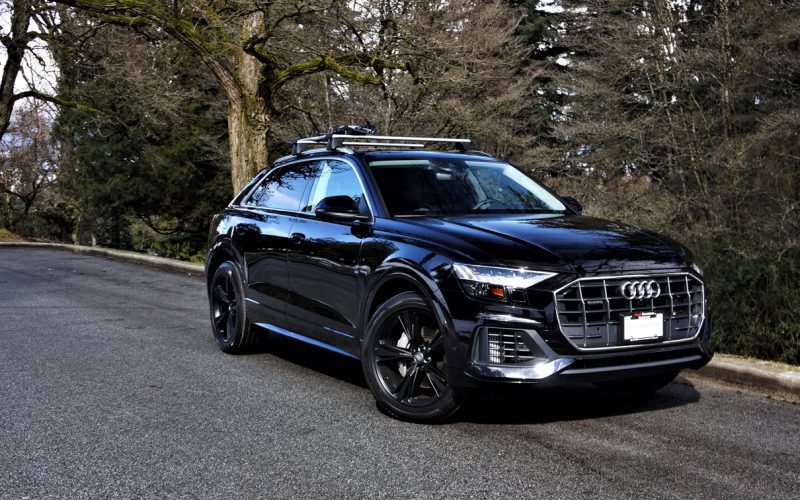
Reading Time: 17 minutesThe Murano has been with us for a long time, at least as far as crossovers

Reading Time: 16 minutesWith five-passenger crossovers regularly at the top of the mid-size SUV sales charts in North America,

Reading Time: 10 minutesEveryone knows Lexus SUVs are amongst the most reliable in the luxury sector, but just one
© 2025 The Car Magazine. All Rights Reserved, Privacy Policy | Terms of Use